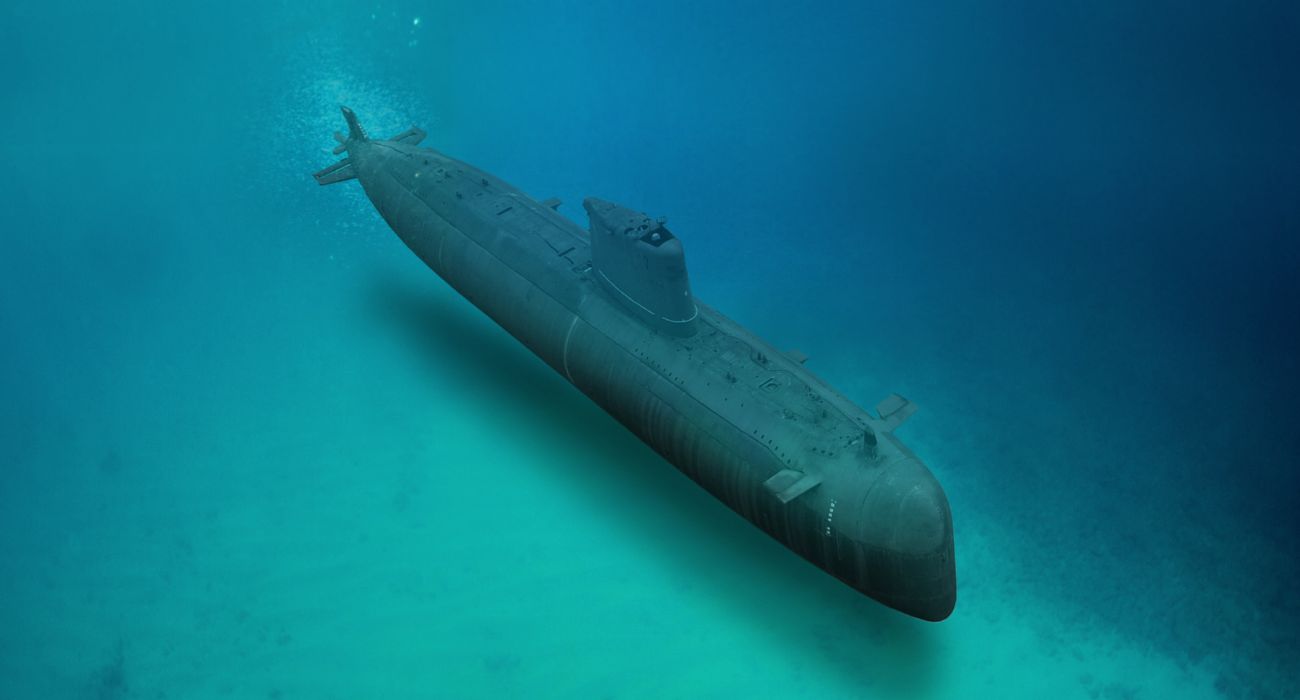With tensions between Russia and the West resurgent, scenes seemingly pulled from the Cold War movie The Hunt For Red October — which depicted cat-and-mouse chases and battles between submarines — might well play out in real life in the deepest oceans across the planet.
The usual protagonists, the U.S. and Russia, are joined by the newest great power in China. All three are vying for supremacy in what militaries call seabed warfare.
The ocean’s emergence as the newest prize has much to do with the cables and pipes that run along its depths, which are critical to the global economy, reports USA Today.
The ocean floor’s importance to global economics only grows as technological advances that make the water more financially inviting for civilian endeavors are followed by military advances that could threaten those economic opportunities.
Maritime law remains murky when it comes to this new frontier, so there is little deterrence to inevitable clashes between countries with an increasing ability to exploit the formerly inhospitable ocean floor.
In addition to pipelines that transport oil and gas, telecommunications cables in the ocean facilitate 95% of the planet’s internet traffic, per USA Today.
This assessment came from retired U.S. Navy Admiral and former Supreme Allied Commander of NATO James Stavridis in the foreword he wrote for a 2017 report on the strategic importance of undersea cables written by Rishi Sunak, now the prime minister of the United Kingdom.
Stavridis and Sunak sounded an alarm that appears more warranted today than when the report was written six years ago, given the current global tension and the possibility of even more significant clashes between great powers.
Stavridis now points to the September 2022 bombing of the Nord Stream pipelines, which carried the bulk of Russian natural gas to consumer markets in Europe, to demonstrate how the threats in the report have come to fruition.
Who to blame for the pipeline destruction has been a matter of global debate and crisscrossing accusations, but Stavridis believes that Russia is the likely culprit, per USA Today.
Sunak warned of such an outcome in his 2017 report, stating, “Russia is attracted to hybrid warfare like this because it offers the scope for plausible deniability, involves limited loss of human life, and exploits the gray areas of NATO Article 5 mutual responsibilities.”
Russia has developed a highly advanced spy submarine called Belgorod that might be the largest sub in the world and can fire nuclear arms from depths that currently are impossible to intercept, per USA Today.
In a lesser-known incident, two internet cables to the island territories of Taiwan were severed, with some suspecting the culprit was China in a preparatory move before a potential military invasion.
The U.S. has high-tech deep-sea capabilities as well, including next-generation attack subs and vehicles that can rove the ocean floor, according to USA Today. This cutting-edge technology comes at a substantial cost to taxpayers, with the new sub costing about $5.1 billion.






